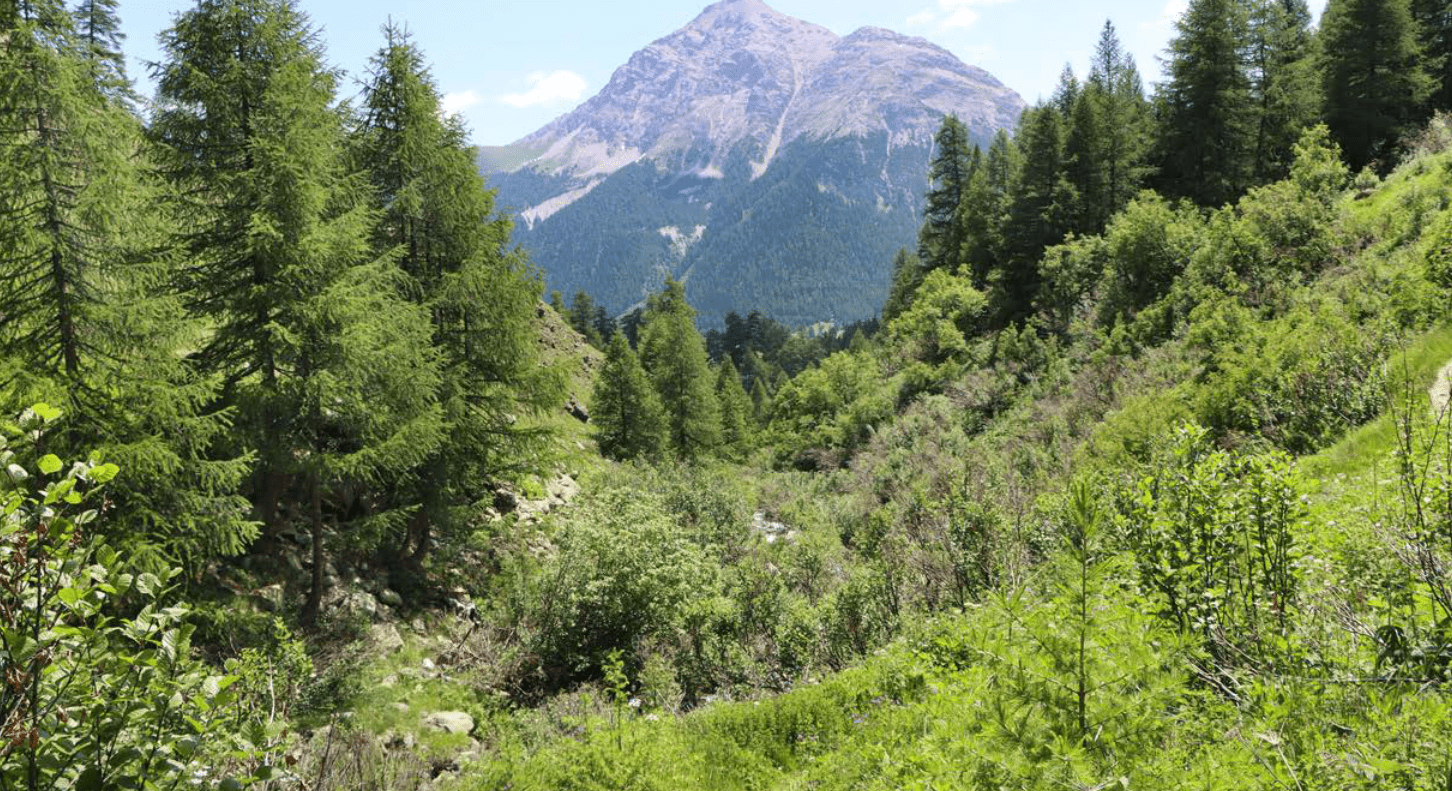With support from the SFI-Project Andriy Shamrai (head of CNFI) and Heino Polley (SFI-Project international expert) took part in a workshop organised by the Swiss NFI at the Scientific Institute for Forest, Snow and Landscape (WSL) in Birmensdorf on 22./23.04.2024. 22 forest inventory experts and statisticians from 12 countries were present (AT, CA, CH, DE, EE, ES, FR, IR, LV, NO, SE, UA). The aim was to share practical experience among National Forest Inventories regarding two topics:
- Design with permanent and temporary terrestrial sample plots
- Statistical analysis of annual panels
Summary of results:
Temporary plots are best to analyse the current state of the forests, but not for change estimation and vice versa for permanent plots. This is why permanent plots are common for National Forest Inventories. However, there is a risk that the location of the permanent plots will become public and this will have an impact on forest management at these places and at least to the representativeness of the sampling (management bias). However, no significant practical evidence has been found so far. Often, a combination of permanent and temporary plots is used, called sampling with partial replacement (SPR). Whether this is really advantageous cannot be answered in a general way. A new argument for temporary plots is the increasing open data requirement in many countries. Generally, sharing the permanent plot coordinates could corrupt the sample. For temporary plots, this is not a problem. Conclusion: Temporary plots are not relevant for Ukraine so far.
Many countries, including Ukraine, have a continuous forest inventory. A sub-sample (yearly panel) is taken every year. The cycle varies in length. For the attending countries it is 5, 6 or 9 years. A special evaluation method (“analysis of panel data with imputations”) was presented and discussed. This takes into account if there is a trend in the inventory period and may improve the status estimation. Whether this is also the case for change estimation is controversial. It is also possible that non-additive results are produced. The classical way for estimates from panel data is the simple mean of annual data. Some countries report annually (moving window), others once at the end of the period. The annual reporting is very time-consuming and requires more staff. Conclusion for Ukraine: Keep it sample according to the capacities. This means conventional evaluation of the annual data and reporting at the end of the period.


